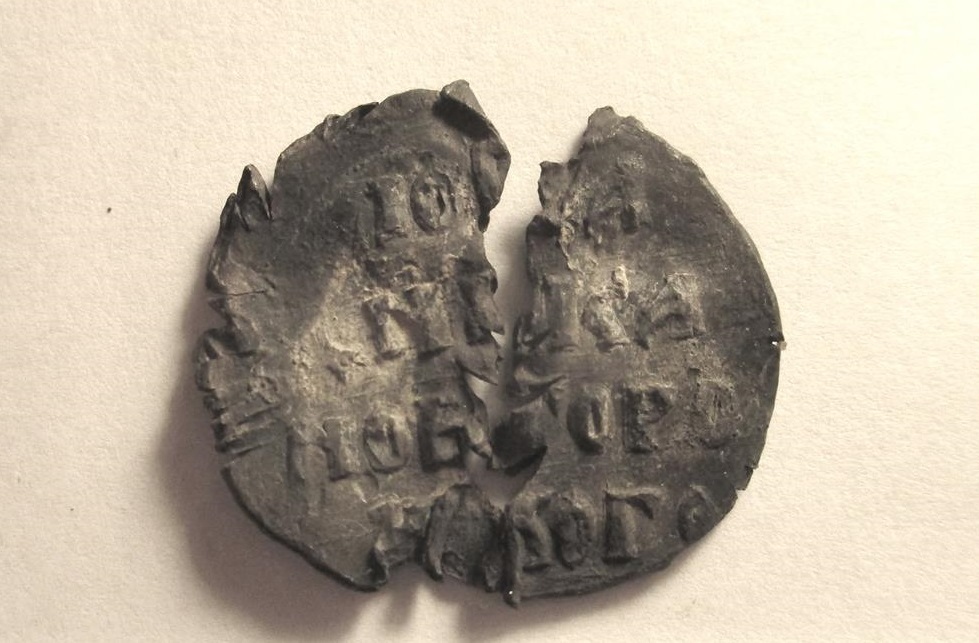An expedition of the Institute of Archeology of the Russian Academy of Sciences, during excavations on the Sofia side of Veliky Novgorod, discovered a 14th century birch bark letter with a warning about danger on the borders of the republic, as well as a number of other medieval artifacts.
The press service of the institute reports.
In the current archaeological season, researchers have studied the pavement of the medieval Vozdvizhenskaya Street, which is adjoined by estates with the remains of residential and outbuildings.
In total, scientists have uncovered four tiers of the pavement with traces of severe fires.
General view of the excavation
© Institute of Archeology RAS
Excavations in this rich medieval area of the city have shown the high social status of people living here - merchants and representatives of government structures.
Archaeologists have collected a large collection of items that characterize the economy and life of eminent Novgorodians.
Among them are numerous individual finds of the XIV-XVI centuries.
from non-ferrous metals, wood, bone, ceramics and glass, fragments of leather footwear and woolen fabric, as well as Western European trade seals, fragments of barrel lids with ownership marks and six hanging personalized lead seals.
Among them was the seal of the Novgorod mayor Yuri Ivanovich, who ruled Novgorod from 1354 to 1380.
Seal of Novgorod mayor Yuri Ivanovich
© Institute of Archeology RAS
In addition to various pectoral crosses, rings, bracelets, amulets and other artifacts, scientists have discovered an important historical monument of the XIV century - a birch bark letter torn apart in antiquity.
Only the lower part of the text, consisting of two and a half lines, has survived.
According to scientists, the text of the letter is a report in which an unknown author informs the recipient in Novgorod that an unknown combat squad was discovered on the borders of the republic in the rich historical region of Zavolochye (in the basin of the Northern Dvina and Onega on the territory of the modern Vologda and Arkhangelsk regions).
“The author asks his addressee a question:“ who will go to fight for the Drag, ”and also asks to inform him whether to beware of this military detachment.
These places were a zone of intersection of interests of Novgorod and Rostov, accompanied by frequent military conflicts, "- said the Deputy Director of the Institute of Archeology of the Russian Academy of Sciences Pyotr Gaidukov.
The moment of finding the certificate
© Institute of Archeology RAS
As in all of medieval Europe of that period, resource-rich regions often became the cause of conflicts between feudal lords.
According to Peter Gaidukov, the appearance of the rati may indicate an attempt by one of the princes to collect tribute from the disputed border areas.
“In Novgorod birch bark letters and chronicles, this place is rarely mentioned, it is mentioned only three times in letters dated XII-XIV centuries.
It is known that this was a fishing region rich in fur animals, where Novgorodians went on hikes for furs, for tribute.
The found letter, perhaps, will allow us to better know the details of interaction between Novgorod and this distant region of the Novgorod land, ”says Pyotr Gaidukov.
In the future, in order to establish the exact age of the letter, a dendrochronological analysis of the planks of the Vozdvizhenskaya Street bridge is expected, on which an ancient record was found.
According to experts, excavations in this area of Veliky Novgorod will continue.

